we think that dogs adapt to our family because of what we see on television, but that is not reality. Dogs do similar behaviors for different reasons.
Dogs are born with natural instincts of self-preservation, chasing, biting, being territorial or protective, and a need to be part of a social group. From the Chihuahua puppy you picked out at the breeders to the older Great Dane you rescued, all have specific needs and drives. Depending on the breed of dog, some of these needs may be more intense. They communicate with their body and mouth. All dogs have teeth and are born knowing how to use them. Puppies use their teeth often with their brothers and sisters (litter mates) to let them know if they are playing too hard or have something they don't want taken away. Dogs lick to show submission, to groom, or to get another dog to regurgitate their food. Dogs hug each other to show who's more dominant, wrestle to show who's bigger and stronger, and chase to hone hunting skills. Dogs communicate differently than we do.
We, as humans, are very physical, too. Children are taught to hug and kiss to show affection. They wrestle to play, squeal to show excitement and run to release all the energy pent up in those tiny bodies. When a child runs, it activates a dog's need to chase and bite.. Children want to hug or kiss on their dogs to show affection and don't realize they may be making their dog uncomfortable. When children are too rough and hurt us, we stop them and tell them why. Dogs lack the verbal skills to explain and reason with a child. Therefore, teaching both dog and child how to interact accordingly is important! Owning a "safe" dog is more about how the dog is raised (nurtured) and "trained" than the breed.
Dogs and children are not natural buddies. Dogs and puppies view children in their household as lesser pack mates. Children motivate a dog or puppy to bite or nip them by wrestling, squealing, or playing mouthy games. Children do not understand the old adage, "Let sleeping dogs lie." Children don't understand a dog's need for personal space and are unable to pick up on the subtle cues that the dog is uncomfortable. The dog is not trying to be mean by biting the child but communicating the only way he knows how. The owner of the dog has the responsibility to keep both children and the dog safe.
Biting statistics are scary! Did you know that most bites that are reported are children 14 years and under. The majority of those children are between the ages of 5 to 9 years, with boys being bitten most often. The scariest statistic is that it's not the neighbor's dog biting these children, it's their household pet.
Training is the answer to making your dog safe around your family and friends? In short, it is time, money, and effort. Having a dog is a responsibility and a privilege. Once again, dogs and children have their similarities, having either is a privilege but both are a responsibility. Depending on the breed of dog, that privilege/responsibility could last from 8-20 years. Dogs need time with their pack/family. They are born with a need to be part of a family unit. Your dog wants nothing more than to spend time with you. Time spent can vary from playing games, to training sessions, to just sitting on the couch with Fido at your feet.
Money is the daily expense of dog ownership. A lot goes into owning a dog, much more than just buying food. There are usually additional vet bills, remodeling bills, or even lawyer fees, added if you decide to skip the training step...
Effort is a little trickier. Webster's definition of effort is "a vigorous or determined attempt". Dogs want a leader to set rules for them to follow. Dogs do not have deductive reasoning skills. They are reactionary animals. We take away and change their sense of security and balance when we are always change the "rules" by not being consistent. Training is a very important part of the positive interactions between your family and your dog. Simply engaging in training starts your family and new puppy or dog on the right road to co-existing happily, this begins to help establish rules and boundaries putting you in a leadership position for your dog.
Children and dogs are similar in so many ways. They both need and want discipline. They both require constant supervision. Both need to learn how to properly interact with each so that everyone can live happily ever after.

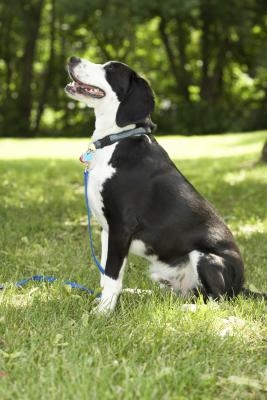 How to Train a Dog With an Electronic Training Collar
How to Train a Dog With an Electronic Training
How to Train a Dog With an Electronic Training Collar
How to Train a Dog With an Electronic Training
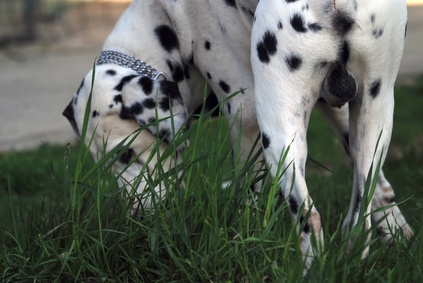 How to Potty Train a Difficult Dog
How to Potty Train a Difficult Dog
How
How to Potty Train a Difficult Dog
How to Potty Train a Difficult Dog
How
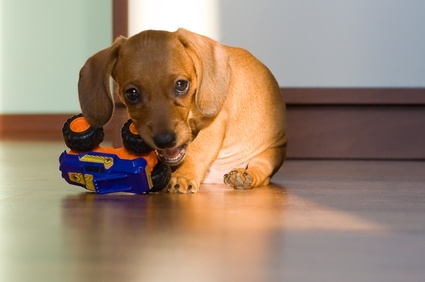 Grass for Puppy Potty Training
Grass for Puppy Potty Training
Grass f
Grass for Puppy Potty Training
Grass for Puppy Potty Training
Grass f
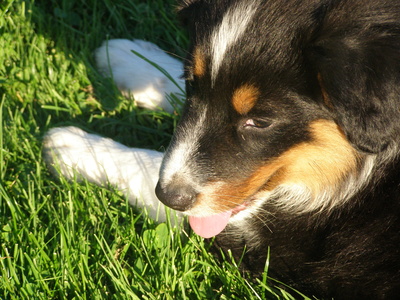 Indoor Grass & Sod for Potty Training Puppies
Indoor Grass & Sod for Potty Training Pupp
Indoor Grass & Sod for Potty Training Puppies
Indoor Grass & Sod for Potty Training Pupp
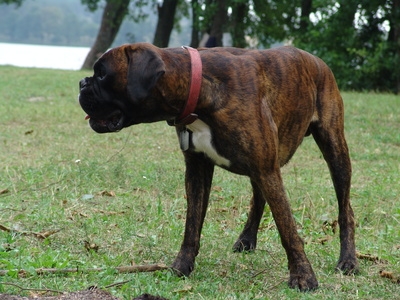 What Training Methods Work Best on Dogs?
What Training Methods Work Best on Dogs?
What Training Methods Work Best on Dogs?
What Training Methods Work Best on Dogs?